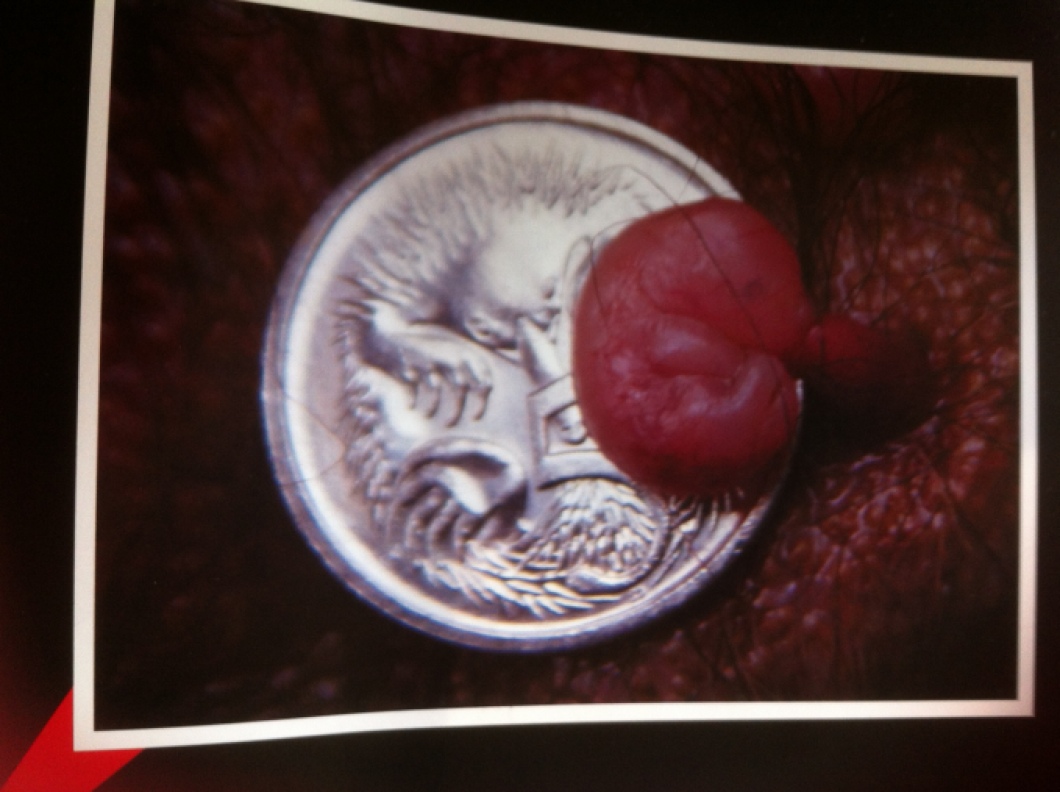Motherhood is wonderful but it comes with a few difficulties.
Pregnancy and childbirth have their risks. The human baby’s head is quite large, so childbirth can be longwinded and dangerous for the mother and baby.
My own babies loved to be carried, but that can be inconvenient if you need to do other stuff. My solution was to put them in a sling on my front, and as they grew heavier and HEAVIER they went up on my back in a toddler backpack.
Introducing marsupials! They have some really neat solutions to these two problems.
Marsupials are mammals – that is, they feed their babies on milk. They have fur and are a lot like other mammals that we’re familiar with. But there’s one obvious difference.
Marsupials have a built-in carry-bag called a pouch – they can carry their babies in the pouch until they’re quite old. The baby is hidden away, protected, carried safely and easily, and drinking precious milk at the same time. And the mother has her paws free.
Another remarkable thing about marsupials is that they’re born very small. Birth seems quite easy and the newborn baby is very light.
This National Geographic video shows a red kangaroo being born and then crawling up to the pouch. It’s grown inside its mother for just over a month (humans take 9 months) and is only as big as a jellybean. Marsupial babies are born a lot less developed than “placental” mammals (mammals without pouches – that’s us). They come out into the world for that short journey when they’re very much less developed than us and then do the rest of their development in the pouch rather than in the womb.
If you have 20 minutes to spare you could watch this classic video from CSIRO showing the same thing in more detail.
Humans usually grow for 9 months before they’re born. We’re born pretty helpless. The newborn kangaroo is also very underdeveloped but it does have the tools it needs for this important journey. It’s born equipped with the strong forearms that it needs for crawling. Even though it will jump on strong hind legs one day, the hind legs aren’t needed now so they haven’t grown yet.
Another amazing fact – the red kangaroo embryo can stop growing inside the mother (this is called embryonic diapause) until the pouch is ready. It starts growing again just in time to take over the pouch when its older brother or sister leaves it.
In Australia we’re lucky to have a lot of amazing marsupials.

This is a photo I took of a poster at the Lake St Clair National Park in Tasmania (Australia), showing a newborn tasmanian devil drinking milk from its mother’s teat. It’s next to a 5 cent piece which is 2cm wide (less than an inch) – so the baby is only about a centimeter (3/8 of an inch) long.
Amazing!
This is cross-posted from Real Science and Other Adventures.
